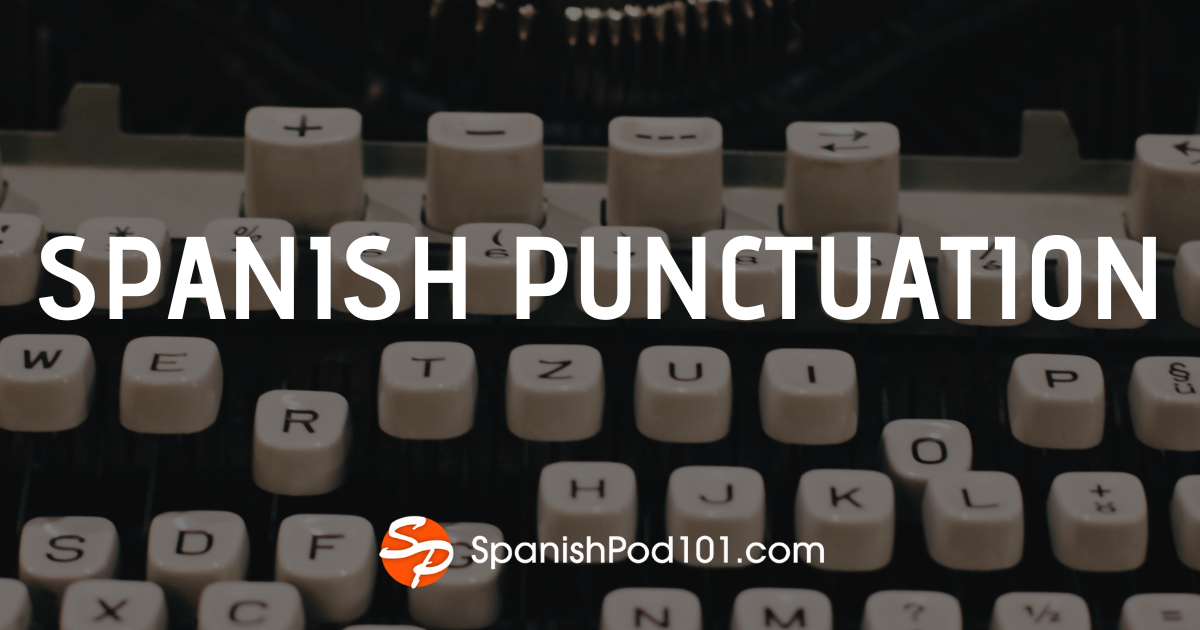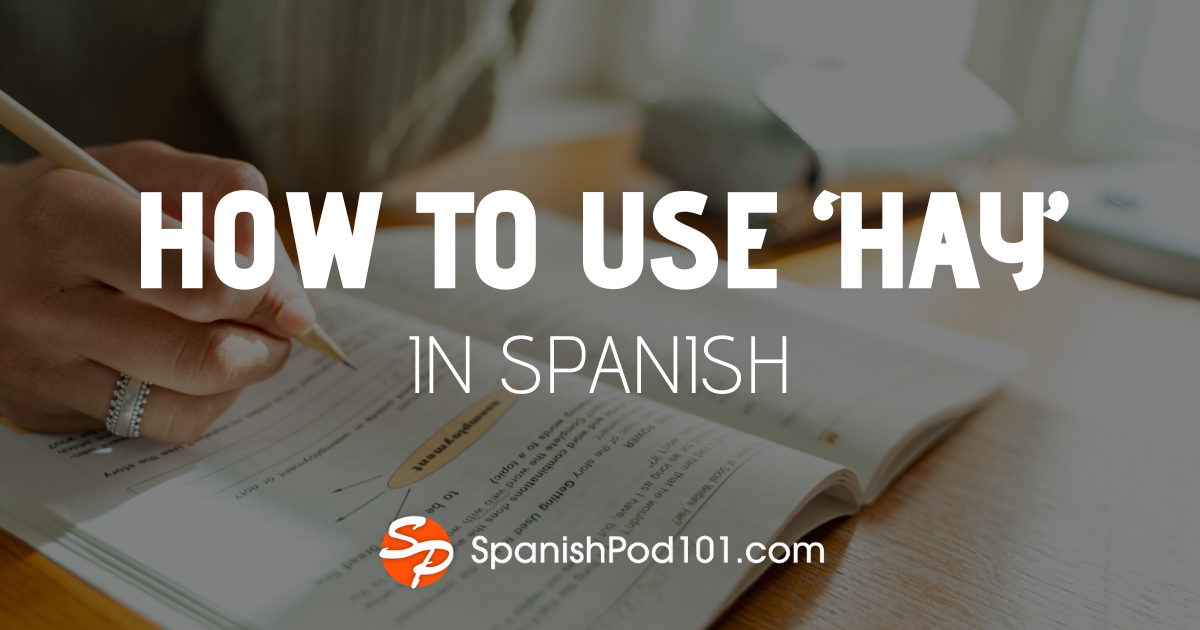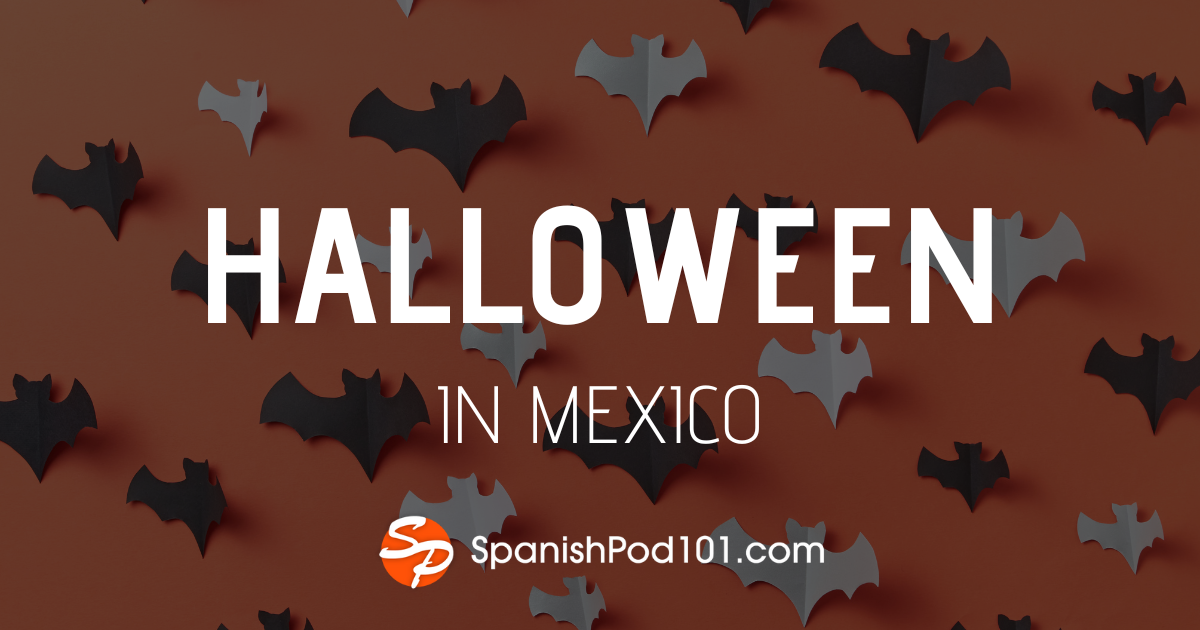December 13, 2007
Ya is Ya
I remember my Spanish teacher in college reading off a list of vocabulary words that appeared in a short story. She came to the word ya. “Pues, ya es ya,” she said and quickly moved on. We all looked at each other blankly.
It’s a short word, seemingly inoffensive. It is also quite deceiving. A simple word that simultaneously means now, already, later, and enough poses a challenge for language learners.
My son, who is only one, holds his hands up and says, “¡ya ya ya!” when he doesn’t want to eat any more vegetables. In this case, it means enough.
My husband came home yesterday and asked me, “Did you pay the phone bill yet?”
I said, “Ya lo pagué.” (I already paid it.)
Then he turned to his daughter, “Have you cleaned... Show more
December 6, 2007
Trabalenguas
Learning another language is hard enough. Learning to pronounce like a native is even harder. The most obvious challenge to Spanish pronunciation is the r and double rr sounds. However, the vowels can also be tricky. By themselves, they’re straightforward and easy to master. Once you get going in a rolling conversation though, the vowels often pose the biggest threat for mispronunciations.
A few weeks ago, my stepdaughter brought home a book of trabalenguas (tongue twisters). We sat down together and went through them. I realized that this is an excellent way to pay close attention to the individual sounds that one makes while speaking. Here are a few simple tongue twisters to get you started.
R con R cigarro,
R con R barril,
... Show more
November 29, 2007
Immersed in TV Land
I’ve never been much of a TV watcher. I must say, though, that it is a good way to learn another language. My professors in high school and college recommended watching telenovelas, or soap operas. The dialogue and gestures are so exaggerated it’s easier for English speakers to intuit what’s happening, even if they don’t get all the words.
Unlike American soaps, Latin American telenovelas are not eternal. They are, as their title suggests, novels acted out on television. After three to six months of airtime, there will inevitably be a grand finale.
They are a great way not only to learn the language, but also to get a glimpse into Mexican society. I am in no way saying that society is accurately portrayed in the novelas, but rather,... Show more
November 22, 2007
The Complexity of Tú and Usted in Mexican Spanish
Before I leave behind for the time being the tú and usted topic, I want to share a couple more personal experiences with you to help paint a picture of the complexity of the issue.
Experiencia #1
My husband has a friend he calls Don Manuel. Don is a sign of deep respect. They speak to each other using usted (formal - you, singular). This always seemed peculiar to me because they are contemporaries in their respective fields, are almost the same age and go out together on occasion with the guys. When they do hit cantinas, I’m sure everyone else at the table uses tú, but my husband and Don Manuel insist on using usted.
Usted can be a way to demonstrate respect. My husband uses usted to let Manuel know that he admires his academic... Show more
November 17, 2007
Spanish Basics – tu, usted, ustedes, vosotros
In Spanish, there are 4 different ways to say “you.” Once you know the rules for them, you’ll always know which one to use. First, tu is for when you’re talking to one person who is a close friend, member of your family, or kids. It is the familiar form. Usted is the form you choose when you’re speaking to one person who does not fit into the categories for the familiar form. For example, you would use Usted for a person you don’t know well, someone much older than you, or for teachers. If you would address a person in English using Mr. or Ms., then you would choose Usted if speaking with them in Spanish. When you’re talking to more than one person, you use Ustedes. Ud. Is the abbreviation for Usted, and Uds. Is the abbreviation... Show more
November 16, 2007
Learning Spanish – Where to Start?
Once you’ve reached the point where you’ve decided you want to learn Spanish, you need to decide what way of learning Spanish will work best for you. Some people need a classroom because they know they will not do it themselves unless they have an organized group of students committed to learning Spanish and a teacher there to show them how to learn Spanish. That’s the traditional way of beginning to learn a language, and it works very well for some people. That’s not the only way to learn a language, however. With the Internet, students don’t need to be enrolled in a class or in school to learn a language. You can learn Spanish from a variety of websites. There are explanations of how the language works, lesson plans, and sample... Show more
November 15, 2007
Learn Spanish with Music
One of the ways to use long term memory to help you to learn Spanish is to learn words in ways that rhyme or have rhythm to them, such as learning a poem in Spanish or learning a song in Spanish. You can remember some poems easily because the rhyming helps you to remember what comes next. Songs are even better because they have a melody that gets repeated. Repetition is one of the tools to learning another language. You can increase your ability to learn, pronounce, and figure out the grammar of Spanish by learning songs in Spanish. The first step is to go online, perhaps to a site that has Spanish lessons, and find a song you like. If you find it from a website that teaches Spanish online, then the words or speed of the song won’t... Show more
November 14, 2007
Pronouncing rr
Of all the sounds in Spanish, the “rr” sound is probably the most difficult for native English speakers to make. However, it is easier than many sounds in other languages. If you can learn to make this sound, you will sound more like native Spanish speakers. The “rr” sound is made when a Spanish word starts with an r or when there is an rr in a Spanish word. The “rr” sound is similar to a single r sound, but you put your tongue at the ridge behind your top teeth, and you push a lot more air past your tongue. Here’s the easy way to learn it. Say “pot of tea” over and over, going faster and faster. You’re saying the Spanish words “para ti” which means “for you.” As you say the words over and over, notice where your tongue is when you... Show more
November 13, 2007
Pronunciation Patterns
Unlike English, Spanish follows pronunciation rules. Pronunciation in Spanish is one of the reasons why Spanish is a relatively easy language for English speakers to learn. First, pronounce each syllable with an even amount of stress or volume. Don’t vary the pitch like we do in English. The next step is that either the last syllable or the second to last syllable of each word will have a little more volume. For an example, think of the English word “coconut.” We’ve learned to say the first syllable, “co” a little louder than the other syllables. There aren’t any pronunciation rules in English to tell us how to say “coconut,” and there’s no logical reason why it shouldn’t be pronounced “co CO nut” or “co co NUT.” We just know that... Show more
November 12, 2007
Spanish Pronunciation
Spanish pronunciation is relatively straightforward. There are 28-30 letters, depending on who you ask. There are definitely at least 28. The additional letters are w and rr. W is used in foreign words that have been added into Spanish, and some people don’t differentiate between r and rr as separate letters. Letters that are in the Spanish alphabet but not in the Roman alphabet (the alphabet that English uses) are ch, ll, n (with a tilde), and rr. Ch is pronounced the same as in English. Ll makes the same sound as Y. N with a tilde makes a “ny” sound as in the English word “canyon.” Rr makes a similar sound to r, but with more air behind it, and you flutter your tongue. There will be a separate lesson on tricks to learn how to... Show more









